A nucleic acid is a linear polymer of nucleotides which form an integral part of the information transfer system in cells. Examples of nucleic acids are DNA (Deoxyribonucleic acid) and RNA (Ribonucleic acid). In order to study the structure of nucleic acid, it is essential to study the structure of its monomer. Nucleotides are made up of a sugar molecule, a nitrogenous base, and a phosphate group.
Sugar molecule
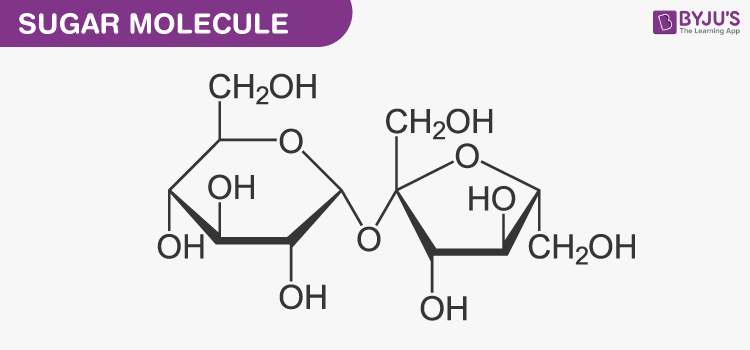
The sugar molecule in nucleotides could be either ribose (C5H10O5) or deoxyribose (C5H10O4) and both the sugars are in their Pentagon or furanose state.
Nitrogenous Base
A nucleotide consists of a nitrogenous base which could be either purine or pyrimidine. There are two purine bases-Adenine (A) and Guanine (G) whereas pyrimidines are of three types- Thymine (T), cytosine (C) and Uracil (U).
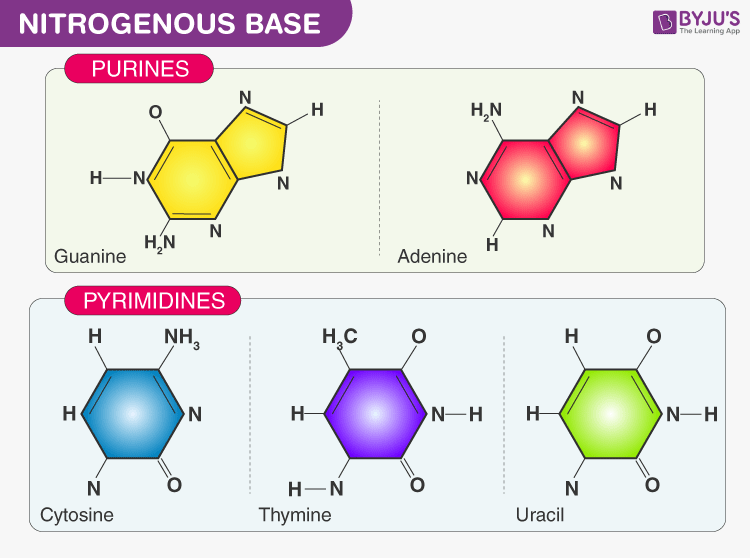
Phosphate group
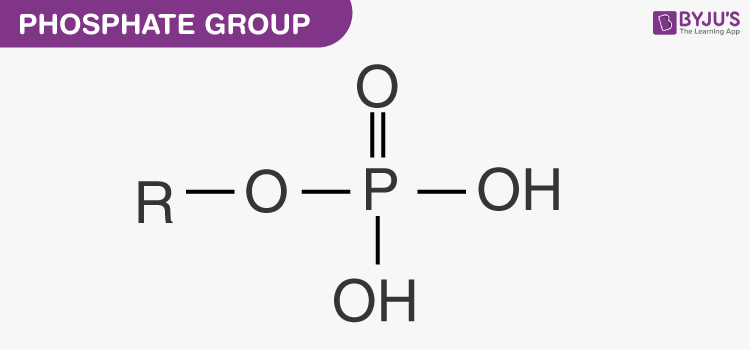
When a phosphate group is added to a nucleoside (one sugar molecule plus one nitrogenous base), it forms a nucleotide.

Deoxyribose Nucleic Acid (DNA)
Genes carry genetic information from one generation to the other. The structure of nucleic acids such as DNA consists of a long polymer of nucleotides connected by phosphodiester bonds. In the case of DNA, the nucleotides are deoxynucleotides. The most widely accepted structure of DNA (right-handed double- helix) was proposed by Watson and Crick in 1963.
The nitrogenous bases present in DNA are Adenine, Guanine, Thymine, and Cytosine. This suggests that there are four different types of deoxyribonucleotides in DNA- deoxyadenosine monophosphate (dAMP), deoxyguanosine monophosphate (dGMP), deoxythymidine monophosphate (dTMP) and deoxycytidine monophosphate (dCTP). The two strands of the DNA helix are antiparallel to each other exhibiting complementary pairing between two specific bases. Adenine pairs with thymine (A=T), while guanine pairs with cytosine (G≡C). If we imagine the structure of DNA in the form of a staircase model, the complementary base pairs will form the stairs and the sugar-phosphate backbone will form the stair railings.
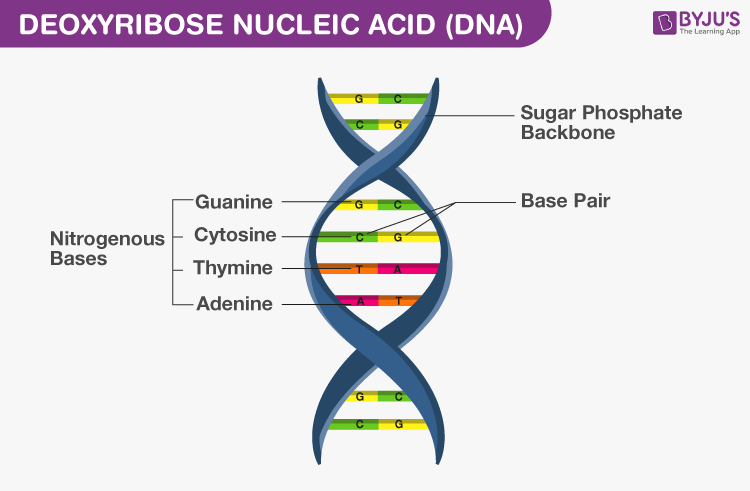
Ribonucleic Acid (RNA)
Ribonucleic acid is an example of the nucleic acid formed by the polymerization of ribonucleotides. It is a single-stranded chain formed by 7-12000 ribonucleotides. This structure of nucleic acid contains a ribose sugar, a phosphate group, and a nitrogen base. The nitrogenous bases in RNA are Adenine, Guanine, Cytosine, and Uracil (U). RNA is formed from DNA by the process of ‘transcription’ and is generally involved in protein synthesis.
Types of RNA include – Ribosomal RNA (rRNA), Transfer RNA (tRNA) and Messenger RNA (mRNA).
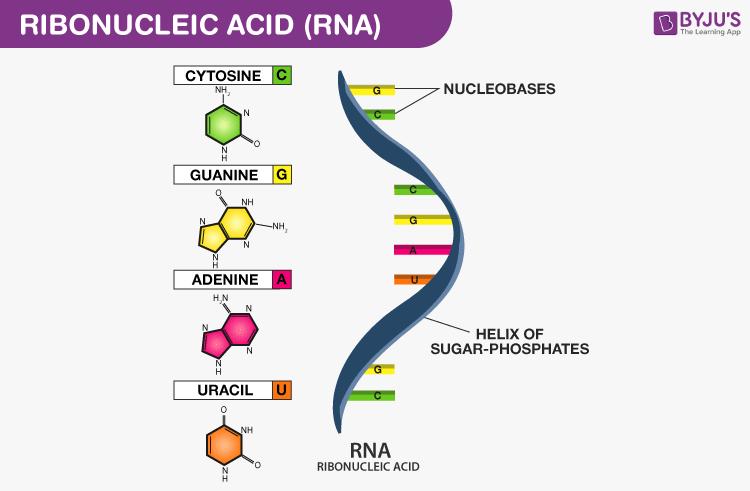
Functions of nucleic acids
- DNA is the genetic material carrying hereditary information.
- By the process of transcription, it gives rise to RNA, which in turn contains the code for the synthesis of proteins.
- DNA controls cell metabolism along with differentiation and development of an organism.
- Mutations in DNA help organisms evolve and adapt to changing conditions.
- RNA forms the genetic code in certain viruses such as HIV.
For more information on nucleic acids, visit BYJU’S.


Comments